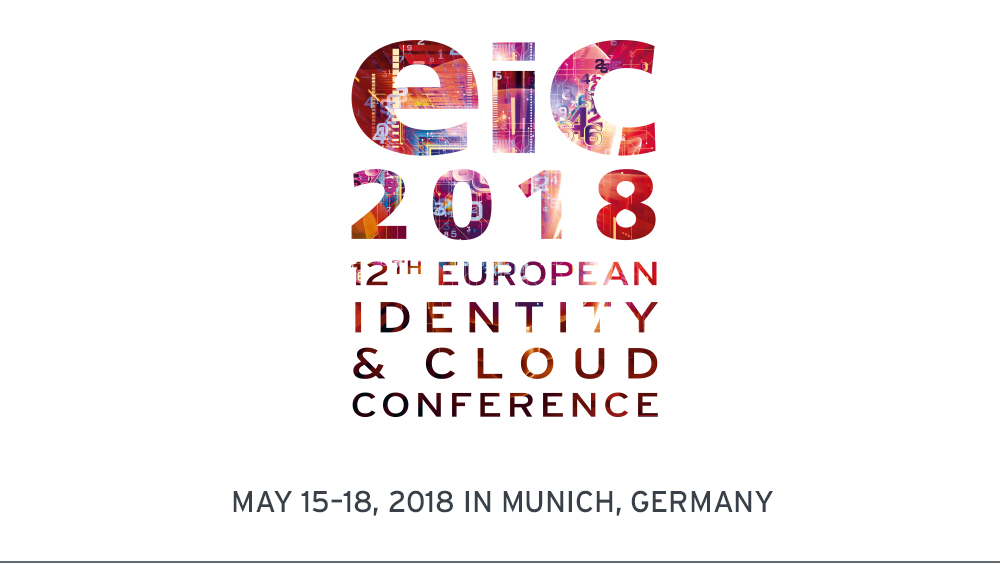GDPR comes into force on May 25th this year, the obligations from this are stringent, the penalties for non-compliance are severe and yet many organizations are not fully prepared. There has been much discussion in the press around the penalties under GDPR for data breaches. KuppingerCole’s advice is that preparation based on six key activities is the best way to avoid these penalties. The first two activities are first to find the personal data and second to control access to this data.
While most organizations will be aware of where personal data is used as part of their normal business operations, many use this data indirectly, for example as part of test and development activities. Because of the wide definition of processing given in GDPR, this use is also covered by the regulation. The Data Controller is responsible to demonstrate that this use of personal data is fair and lawful. If this can be shown, then the Data Controller will also need to be able to show that this processing complies with all the other data protection requirements.
While the costs and complexities of compliance with GDPR may be justified by the benefits from using personal data for normal business processes this is unlikely to be the case for its non-production use. However, the GDPR provides a way to legitimately avoid the need for compliance. According to GDPR (Recital 26), the principles of data protection should not apply to anonymous information, that is information which does not relate to an identified or identifiable natural person or to personal data rendered anonymous in such a manner that the data subject is not identifiable.
One approach is known as pseudonymisation, and GDPR accepts the use of pseudonymisation as an approach to data protection by design and data protection by default. (Recital 78). Pseudonymisation is defined in Article 4 as “the processing of personal data in such a manner that the personal data can no longer be attributed to a specific data subject without the use of additional information...” with the additional proviso that the additional information is kept separate and well protected.
In addition, Under Article 6 (4)(e), the Data Controller can take account of the existence of appropriate safeguards, which may include encryption or pseudonymisation, when considering whether processing for another purpose is compatible with the purpose for which the personal data were initially collected and the processing for another purpose. However, the provisos introduce an element of risk for the Data Controller relating to the reversibility of the process and protection of any additional information that could be used identify individuals from the pseudonymized data.
However, not all approaches to anonymization and pseudonymisation are equal. In 2014, the EU article 29 Working Party produced a report providing their opinion on the use of Anonymization Techniques applied to EU privacy. Although it is written with reference to the previous directive 95/46/EC, it is still very relevant. It identifies three tests which should be used to judge an anonymization technique:
- is it still possible to single out an individual?
- is it still possible to link records relating to an individual?
- can information be inferred concerning an individual?
It also provides examples of where anonymization techniques have failed. For example, in 2006, AOL publicly released a database containing twenty million search keywords for over 650,000 users over a 3-month period. The only privacy preserving measure consisted of replacing the AOL user ID by a numerical attribute. This led to the public identification and location of some of the users by the NY Times and other researchers.
Pseudonymization provides a useful control over the privacy of personal data and is recognized by GDPR as a component of privacy by design. However, it is vital that you chose and use the appropriate pseudonymization techniques for your use case correctly. For more information on this subject attend KuppingerCole’s webinar “Acing the Upcoming GDPR Exam”. There will also be a stream of sessions on GDPR at KuppingerCole’s European Identity & Cloud Conference in Munich May 15-18th, 2018.

















































